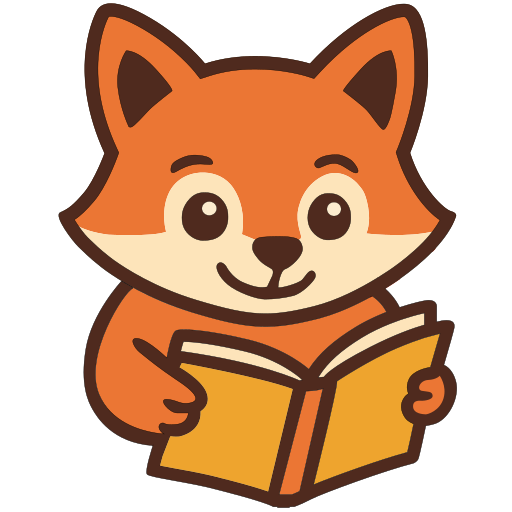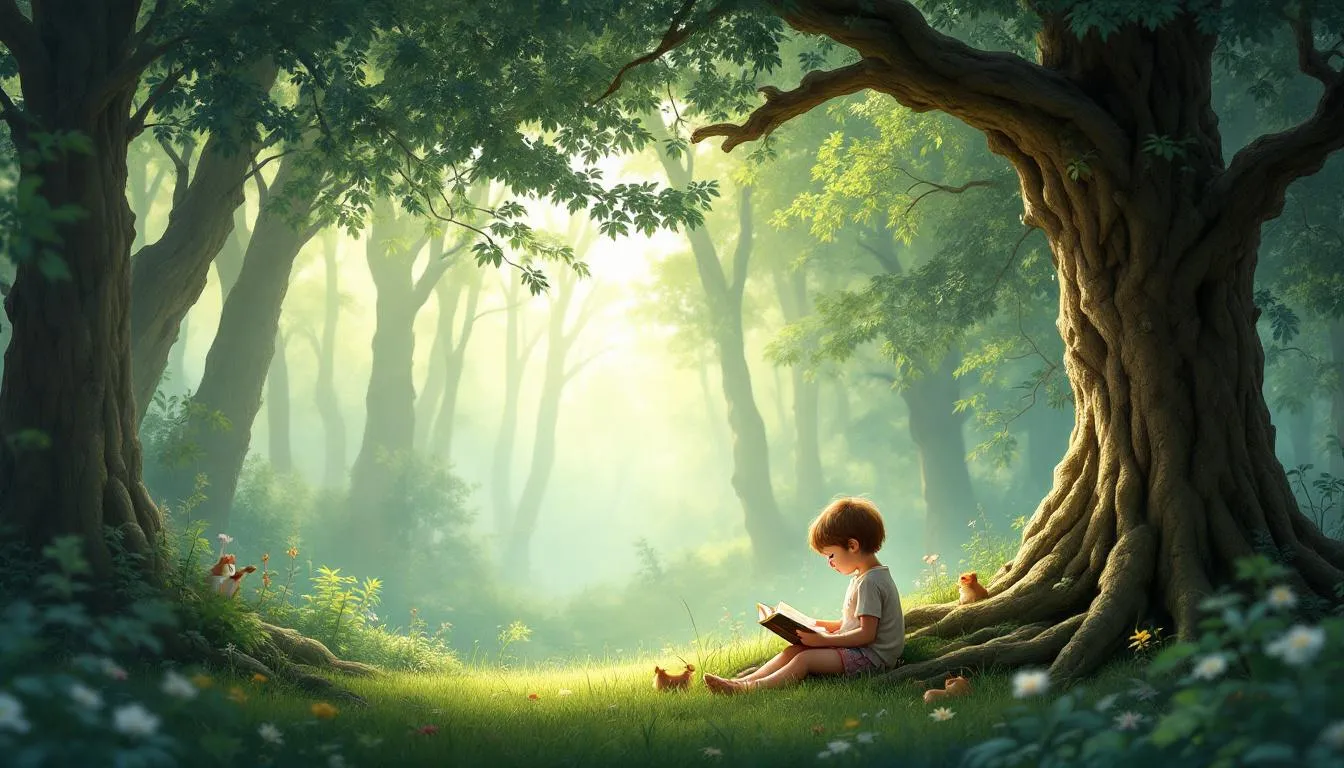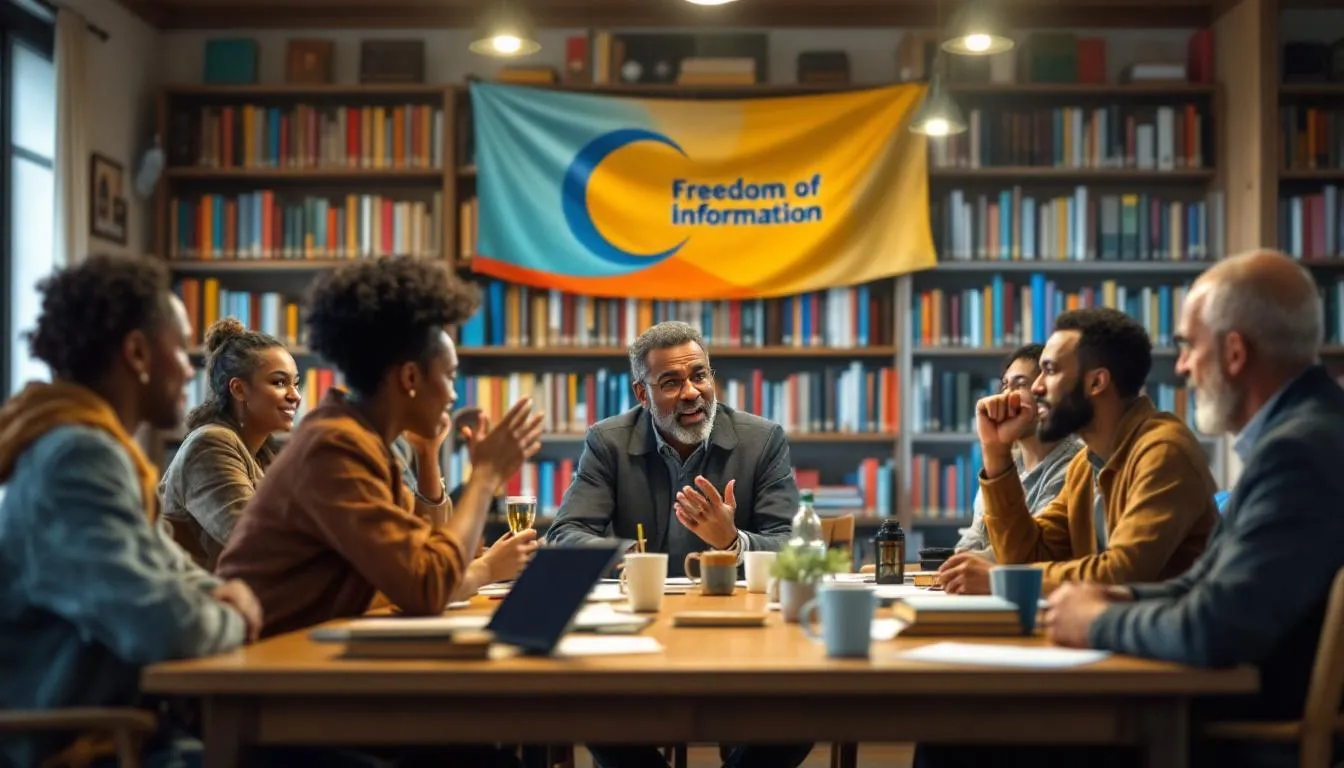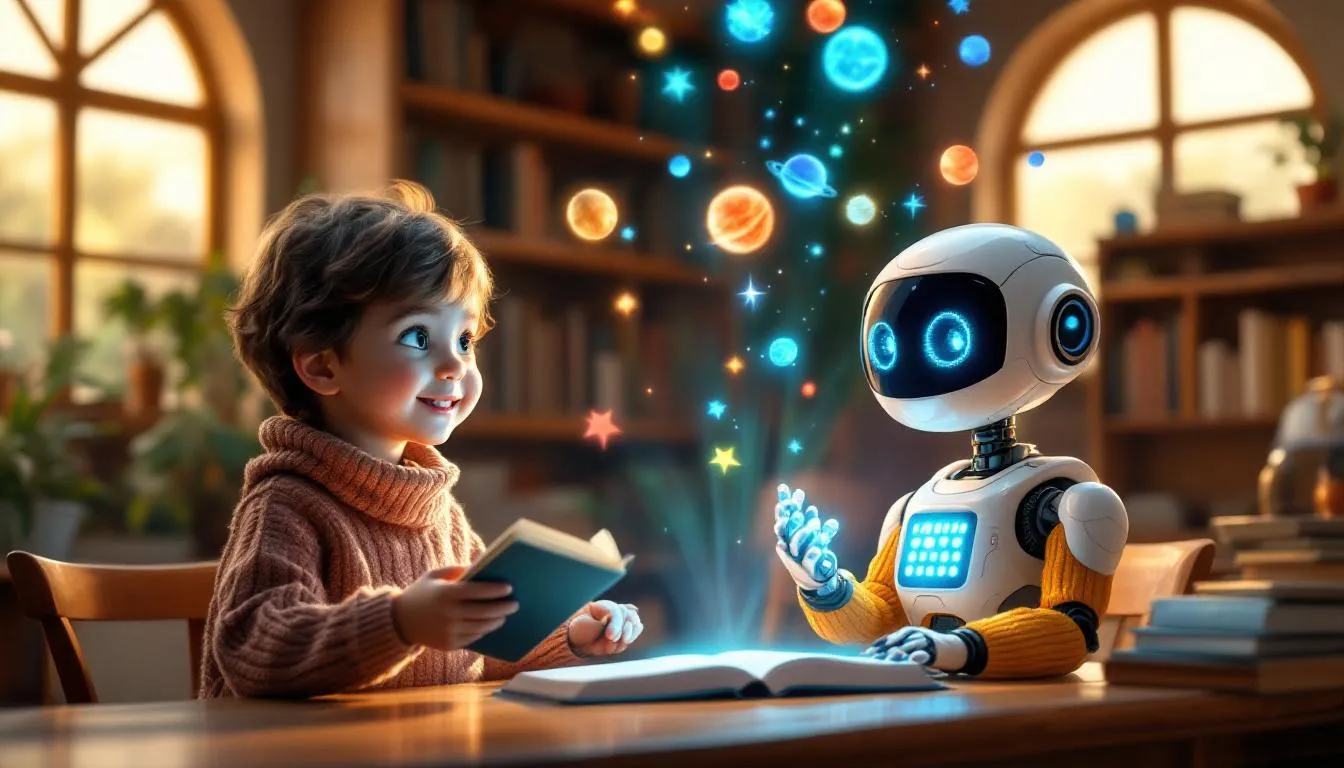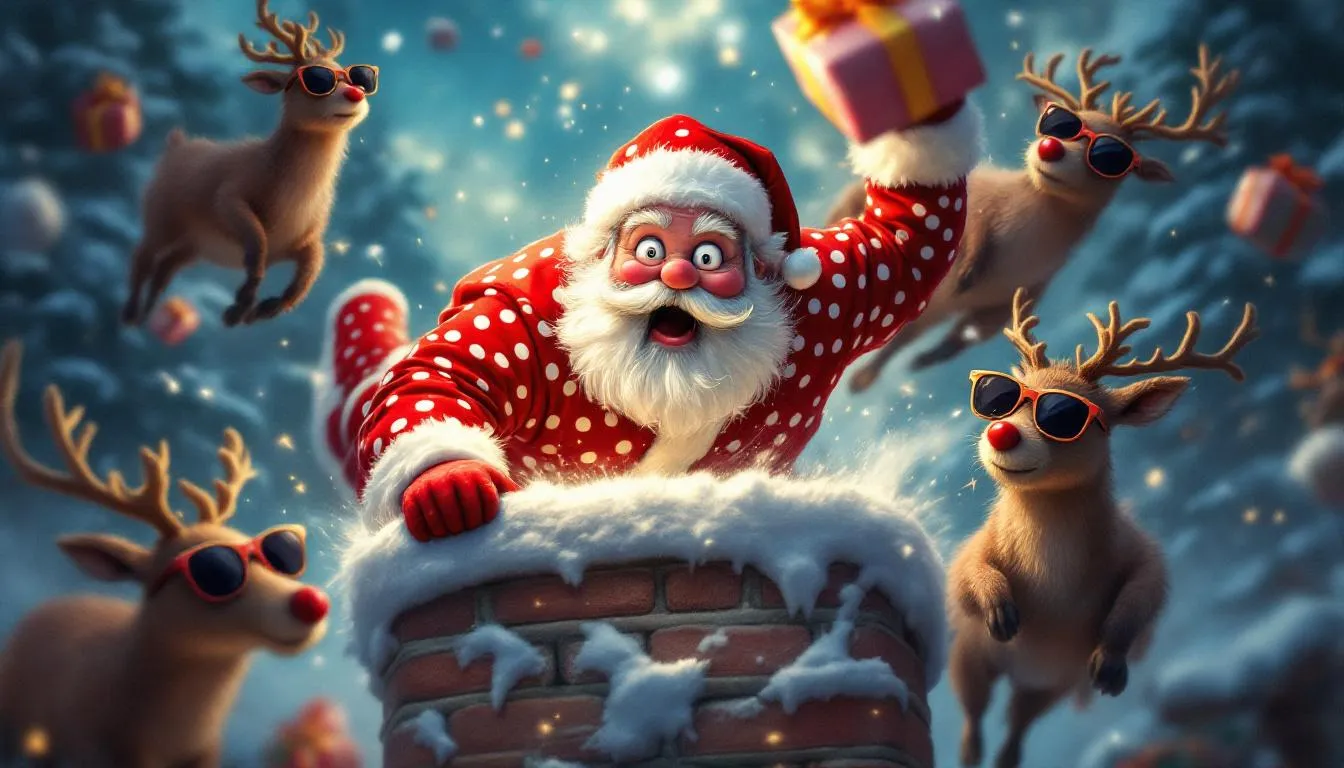Table of Contents
Introduction to Nostalgic Children’s Literature
There’s a magic in children’s literature that transcends generations. Remember the thrill of flipping through pages filled with whimsical illustrations and endearing characters? Ah, the nostalgia! Among these cherished tales is Poppleton, a delightful pig who charmed readers with his quirky adventures. Poppleton’s world was a sweet escape, blending everyday life with humor and warmth, capturing the essence of childhood curiosity. These stories didn’t just entertain; they shaped our imaginations and values. Let’s revisit Poppleton’s enchanting universe, where each page invites us into a timeless journey of discovery and friendship.
The World of Poppleton
Poppleton, born from the creative minds of author Cynthia Rylant and illustrator Mark Teague, first trotted onto the literary scene in the mid-1990s. Rylant, celebrated for her ability to weave simplicity with profound life lessons, introduced us to Poppleton, a pig who is more than just a barnyard animal. He’s a relatable and endearing character with a penchant for life’s little adventures. And who could forget Teague’s whimsical illustrations that brought Poppleton’s world to vibrant life?
Set in a charming small-town backdrop, Poppleton engages in everyday activities with delightful twists. Themes of friendship, kindness, and the joy of simple pleasures are seamlessly woven into each story. Characters like Cherry Sue the llama and Hudson the mouse add depth and warmth, creating a community that readers are eager to revisit time and again.
Why did Poppleton capture the hearts of so many young readers? His unassuming nature and gentle humor resonate with a child’s understanding of the world. The stories allow children to see themselves in Poppleton’s shoes (or should I say hooves?), teaching empathy and cooperation without being preachy. I remember reading these stories with my own children, watching their eyes light up as they giggled at Poppleton’s antics, reminding me of my own childhood joys.
This fond reminiscence of Poppleton naturally leads us to explore other cherished tales from our childhood, each with its own unique charm and lessons.
Exploring Other Beloved Classics
Ah, the ’90s—a time when our bookshelves brimmed with vibrant tales and timeless adventures. Alongside Poppleton, many other characters captured our hearts and fueled our imaginations. Consider the mischievous Amelia Bedelia, whose literal interpretations of instructions led to hilariously unexpected outcomes. Or the heartwarming adventures of Frog and Toad, whose friendship taught us about loyalty and the simple joys of companionship. Each story, with its unique flair, offered children a world rich in humor, imagination, and life lessons.
A common thread in these tales is their ability to transport young readers to worlds where anything is possible. Whether it was the fantastical landscapes of “Where the Wild Things Are” or the everyday adventures in the “Magic Tree House” series, these books invited us to dream big. They encouraged a belief in magic and wonder while subtly imparting lessons on courage, empathy, and resilience. I recall many nights spent with my nose buried in these books, dreaming up scenarios where I might join Max on his wild rumpus or solve mysteries alongside Jack and Annie.
These stories didn’t just entertain; they nurtured creativity and curiosity. They taught us to paint our worlds with vibrant colors and imagine beyond the ordinary. As we grow older, the impact of these tales becomes even more evident, shaping not only our childhood but influencing how we see the world today.
This literary journey sets the stage for understanding how childhood readings shape our development in profound ways, influencing our paths well into adulthood.
The Impact of Childhood Reading
Reading during childhood is more than just a pastime; it’s a journey that molds young minds in magical ways. When children immerse themselves in stories like Poppleton’s, they’re not just entertained—they’re growing. Reading enhances cognitive skills, boosts vocabulary, improves concentration, and enhances memory. It’s like a mini workout for the brain but with a cozy blanket and a cup of cocoa.
Emotionally, these stories serve as practice arenas for real-life experiences. Kids learn empathy by stepping into the shoes—or hooves—of characters. They feel Poppleton’s excitement, worries, and joy. This emotional connection fosters a deeper understanding of their own feelings and those of others. Books become mirrors and windows, reflecting children’s own lives while offering glimpses into worlds unknown.
Poppleton, along with his charming friends, plays a pivotal role in moral development. Through his adventures, children learn about kindness, cooperation, and the importance of friendship. These tales instill values subtly yet effectively. I remember watching my son, with his eyes wide open, as Poppleton helped a friend in need. It was in these moments that I saw the seeds of compassion being sown.
Moreover, personal growth is intricately tied to storytelling. By identifying with characters, children explore different facets of their own identities. They see possibilities, dream bigger, and understand that, like Poppleton, they too can navigate life’s ups and downs with humor and grace.
Reflecting on these warm memories naturally leads us to consider how sharing these experiences creates bonds and lasting connections between generations.
Sharing Memories and Building Connections
When I think back to those cozy nights reading Poppleton with my kids, I realize how these shared moments weave a tapestry of family lore. There’s something undeniably special about introducing your children to the books that colored your own childhood. It’s like opening a time capsule together, bridging the gap between generations, sparking rich conversations and laughter about favorite characters and unforgettable adventures.
I remember sitting with my daughter as she giggled at Poppleton’s quirky antics, much like I did at her age. Watching her eyes light up at the same stories I cherished was like seeing history repeat itself in the most delightful way. These moments aren’t just about revisiting old tales; they’re about nurturing connections, allowing us to see our childhood selves in our children. It’s a beautiful cycle of storytelling that fosters understanding and empathy across generations.
I’ve heard from many parents who share similar experiences, recounting how books like Poppleton became a family tradition. One friend told me how her grandfather used to read these stories to her, and now she finds joy reading them to her own kids, creating a family ritual that binds them through shared memories and laughter.
Revisiting these books isn’t just a nostalgic trip; it’s an opportunity to strengthen family bonds. It provides a chance to discuss the values and lessons within these stories, offering a platform for children and adults alike to connect on a deeper level. These shared literary experiences form a cornerstone of family life, promoting a love for reading that spans generations.
As we continue this journey through the land of beloved classics, we find ourselves in a time where these cherished stories are experiencing a revival, finding new life and audiences.
The Revival of Classic Children’s Books
There’s a heartwarming trend these days—classic children’s books are making a triumphant return! Publishers are diving into their archives, dusting off beloved titles like Poppleton, and giving them a fresh coat of paint. But why the sudden surge in interest? For one, there’s a genuine desire to preserve these gems for future generations. It’s like saving your grandmother’s treasured recipe book, ensuring the rich flavors of the past aren’t lost to time.
These classics are receiving modern makeovers that honor their original charm while appealing to today’s young readers. Whether it’s through vibrant new illustrations, interactive e-books, or even animated series, these adaptations breathe new life into familiar tales. One of my favorite examples is the updated “The Very Hungry Caterpillar,” now available as an augmented reality app. My kids were utterly fascinated, and honestly, so was I—watching the caterpillar munch through fruit right on our coffee table was a magical experience!
Then there’s the power of nostalgia. Parents and grandparents who grew up with these stories are eager to share them with their children, creating a shared experience that transcends time. It’s a beautiful cycle—these stories remind us of simpler times, of cuddling up in cozy corners with a book, and they offer a chance to pass that warmth onto the next generation.
As we cherish these stories anew, we see that their value extends beyond mere entertainment. They are beacons of timeless wisdom and joy, ready to light up the imaginations of readers young and old.
Conclusion: The Enduring Legacy of Poppleton
Reflecting on Poppleton and other beloved classics, it’s clear their impact stretches far beyond the pages. These stories, with their gentle humor and life lessons, have left an indelible mark on our hearts. They taught us about the world and ourselves, offering guidance wrapped in the warmth of whimsy. Poppleton, with his simple yet profound adventures, embodies this legacy. His tales remind us of the joys of friendship, the beauty of small-town life, and the power of kindness.
Revisiting these stories is like meeting an old friend; they bring comfort and a spark of joy. If you haven’t picked up a childhood favorite in a while, I encourage you to dust off that old book and dive back in. Share it with your children, grandchildren, or even a friend. It’s a delightful way to reconnect with your past and pass on cherished memories to the next generation.
Now, I’d love to hear from you! What was your favorite childhood book, and how did it shape you? Did it inspire you to be more adventurous or perhaps teach you the value of compassion? Sharing these experiences not only celebrates the stories themselves but also builds a community of shared nostalgia and wisdom.
As we continue to explore the legacy of these tales, we’ll discover a treasure trove of resources and insights that can further enrich our journey through the magical world of children’s literature. Let’s keep the conversation going and explore where these stories can take us next.
Resources and Further Reading
For those looking to rekindle their love for classic children’s literature or introduce these timeless gems to a new generation, here’s a resource list to get you started. Consider diving into a recommended reading list with classics like “Charlotte’s Web,” “The Tale of Peter Rabbit,” and “The Borrowers.”
Join online communities where nostalgic book lovers share stories and recommendations, fostering connections across generations. Parents and educators can explore resources on using these books for learning, transforming bedtime stories into teaching moments filled with laughter and learning.
Embrace these stories and let them inspire a lifelong love for reading, passing down the joy to those you cherish.

